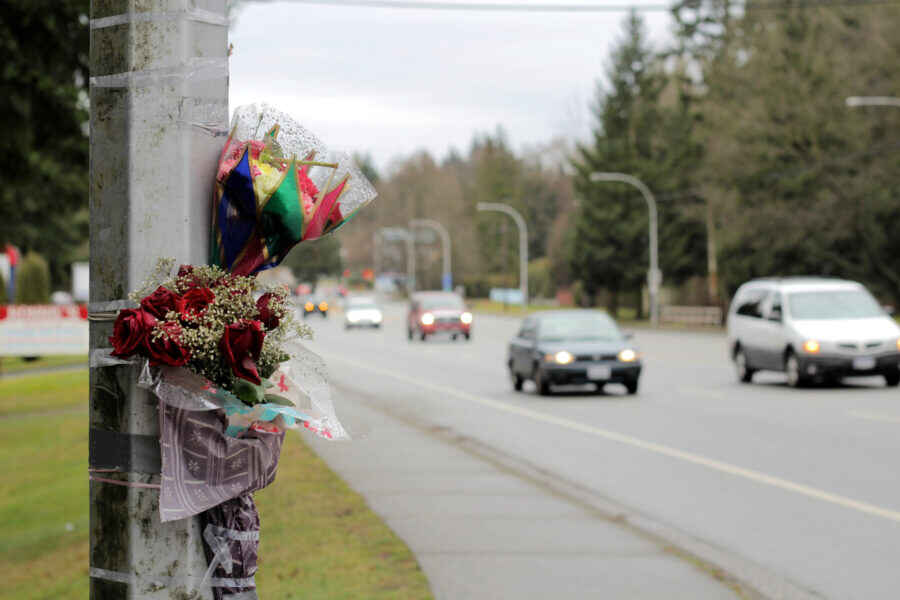
Losing Data, Losing Ground: Politicizing Science Undermines Youth Mental Health
Law & Policy InsightsMental Health and Well-BeingHealth in SchoolStates rely on data from the CDC’s Youth Risk Behavior Surveillance System (YRBSS) to identify and monitor troubling trends in adolescent health and develop programmatic and policy interventions. In January, YRBSS data were among many federal data resources pulled from public access in response to vague and scientifically unsupported executive orders signed by President Trump. The result is a dangerous blind spot at precisely the moment when schools, health agencies, and policymakers need clear information the most.











